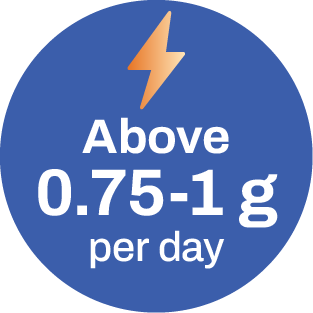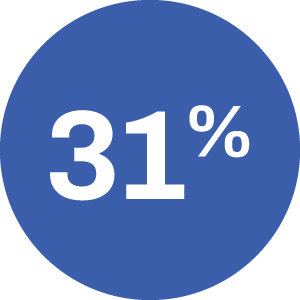
Understanding IgAN With Dr Lerma
.
Understanding IgAN With Dr Lerma
Signs of IgAN
In IgAN, there aren't always signs, which can make it difficult to detect.
When signs are present, they can include:
Fatigue
Blood in urine (hematuria)
Foamy urine, which could be a sign of protein in your urine (proteinuria)
Swelling of the hands, feet, and/or legs
High blood pressure
Decline in kidney function as measured by a test of how well your kidneys are filtering blood (eGFR, which stands for estimated glomerular filtration rate)
Need a way to record your symptoms?
Know Your Numbers
Proteinuria can be a sign of kidney damage.
A small amount of protein in your urine is normal, but too much can be a sign of kidney disease. Everyone with IgAN is different and a variety of factors can impact IgAN progression.
Understanding more about proteinuria
Researchers have used various tools to learn about how this disease works.
One tool called a retrospective study can use historical data (collected for a different purpose, like health records) to investigate how differences in patient history may help explain how those patients’ disease progressed. One retrospective study evaluated the health records of patients in the UK and found that people with IgAN with higher levels of proteinuria also had a higher risk of disease progression.
Please note that data used in this retrospective study were not intended to be analyzed for research purposes and there were other limitations, including a lack of data about patients’ medications and blood pressure.
| |
The same retrospective study of patient data from the UK found: | |
| |
| |
It’s important that you and your doctor monitor your proteinuria to see whether it changes over time. Talk to your doctor about your proteinuria goals.
Lab Numbers Tracker
How Is IgAN Managed?
Your doctor may prescribe certain medications:
Blood pressure medications help reduce the amount of protein in your urine
Steroids (corticosteroids) can reduce inflammation and help suppress the immune system’s activity
Sodium-glucose cotransporter-2 (SGLT2) inhibitors are medications given to certain patients to lower their blood sugar
The IgAN treatment landscape is rapidly changing. Be sure to ask your doctor about all the treatment options available to you.
Your doctor may also ask you to make some lifestyle changes to maintain your overall health:
Reduce salt intake to help lower your blood pressure and reduce swelling | |
Regular exercise can lower blood pressure and cholesterol, reduce weight, and improve sleep | |
No smoking. Smoking slows down blood flow to the kidneys and can worsen kidney disease | |
Weight management. Extra weight forces the kidneys to work harder | |
Blood sugar management may be considered in certain patients to help keep kidney disease from worsening | |
Cholesterol level management may be considered in certain patients to help keep kidney disease from worsening |
IgAN Care Goals
Setting care goals with your doctor is key for managing IgAN.
Here are two important goals:
Lowering your proteinuria
Limiting how fast your eGFR declines
Tracking your lab numbers and symptoms is important so you can have informed conversations with your doctor. These numbers may help determine how well your care plan is working.
Open communication is key—by sharing how you're feeling, your doctor can create a plan that works for your specific needs and understand whether your disease is worsening.




